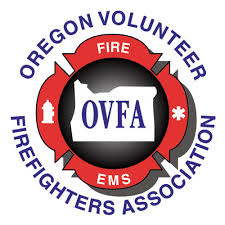Many insurance companies have moved toward validating their risk through ISO Fire Rating Scores. They rely on risk-assessment and decision analytics in establishing the rate of Homeowner’s Insurance to residents around the Oregon and beyond.
Insurance underwriters and actuaries use risk assessment to determine the premium amount for a policyholder after evaluating the probability of loss. The goal of risk assessment is to find a profitable business, and insurers use it to quote the premium to the policyholders.
Homeowners insurance is a broad type of risk coverage that protects you, your family, and your pets.
Policy rates are largely determined by the insurer’s risk that you’ll file a claim. They assess this risk based on past claim history associated with the home, the neighborhood, and the home’s condition.
Some factors a company may consider include: Previous claims history, Credit score, Home usage, and Animals.
ISO (Insurance Services Office) fire scores, also known as Public Protection Classification (PPC) ratings, provide a way to assess the effectiveness of a community’s fire protection services. Here’s a simplified breakdown of how these scores work:
What is ISO?
ISO is an organization that evaluates and rates fire protection services provided by communities across the United States.
How are Fire Scores Calculated?
ISO evaluates various factors related to fire protection services, such as the fire department’s equipment, staffing levels, training, water supply, and emergency communication systems.
Based on these factors, ISO assigns a score to the community on a scale of 1 to 10, with 1 being the best and 10 being the worst.
What Does Each Score Mean?
- Scores from 1 to 3 generally indicate excellent fire protection services, with minimal risk to property and lives.
- Scores from 4 to 6 indicate good fire protection services, with moderate risk to property and lives.
- Scores from 7 to 10 indicate that fire protection services may be limited, with higher risks to property and lives.
How Does the Score Affect Insurance Rates?
Insurance companies often use ISO fire scores to determine property insurance rates for homeowners and businesses.
Communities with lower ISO scores (1 to 3) typically qualify for lower insurance rates because they have better fire protection services.
Conversely, communities with higher ISO scores (7 to 10) may face higher insurance rates due to increased risk.
Improving Fire Scores:
Communities can improve their ISO fire scores by investing in better equipment, training, staffing, and infrastructure for fire protection services.
Improvements in areas such as water supply systems, fire department response times, and communication systems can lead to better scores and potentially lower insurance rates for residents and businesses.
